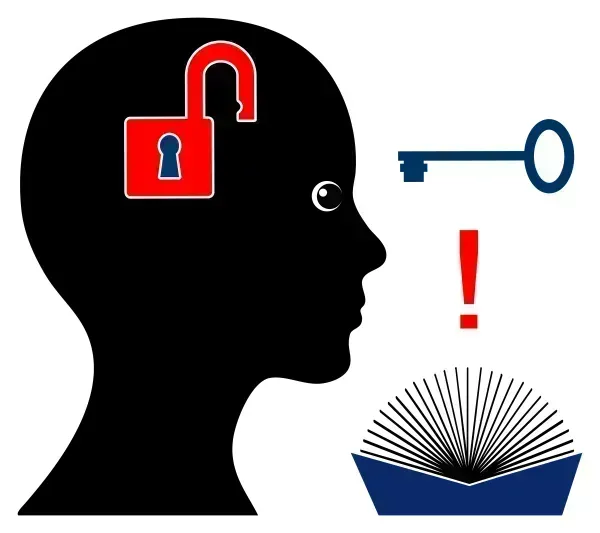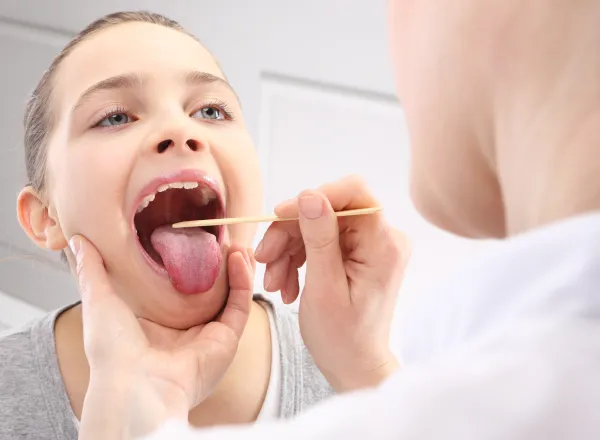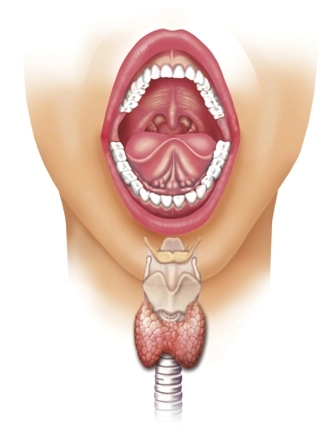Bank on This Definitive Coder's Guide to Cerumen Removal

Never second-guess a cerumen removal chart again. As an otolaryngology coder, you’re probably all too familiar with the underlying coding processes behind a cerumen removal office visit. However, despite being one of the most common reasons for an ear, nose, and throat (ENT) patient encounter, cerumen removal remains one of the most miscoded areas of the specialty. That’s why it’s never a bad idea to get back to the basics and refresh your knowledge of the various guidelines surrounding cerumen removal. As you’ll see in this handy guide, you’ve got to keep numerous elements of the patient encounter under consideration in order to code the visit correctly. Read on for all the crucial details you’ll need to maximize reimbursement and remain compliant on cerumen removal claims. Acclimate Yourself With the Pertinent Guidelines Before making any coding considerations, the first step in evaluating the patient visit is determining whether the patient’s cerumen is impacted. Documentation of impaction is critical in determining how you will code the evaluation and management (E/M) encounter. Impacted cerumen, as defined by the American Academy of Otolaryngology — Head and Neck Surgery (AAO-HNS), must meet one of the following criteria: As you can see, the appropriate documentation is vital when it comes to diagnosing impacted cerumen. In order to report code 69210 (Removal impacted cerumen requiring instrumentation, unilateral), the provider must be just as in tune with this set of criteria as the coder. That means that the provider should make sure to properly document impacted versus non-impacted cerumen in the patient’s chart. This would be found in the “ear” bullet in the exam. “I feel it is essential for the provider to document that the cerumen is ‘impacted’ in the appropriate instances,” says Ronda Tews, CPC, CHC, CCS-P, AAPC Fellow, director of billing and coding compliance at Modernizing Medicine in Boca Raton, Florida. “It might be possible for the ear canal to be obstructed (blocked), but not impacted (pressed firmly together). It is best to document as specifically as possible, especially when choosing the most appropriate code to reflect the services performed relies on what is documented,” Tews advises. Coder’s note: If the cerumen does not meet the above criteria for impaction, then you will include the cerumen removal procedure as a component of the E/M service. Consider More Guidelines When Coding E/M Visit With 69210 In some instances, you may consider reporting both an E/M code and the removal of the impacted cerumen. However, before doing so, you’ll want to make sure each of the following AAO-HNS criteria are met: Incorporate Guidelines Into These Examples While each of the above criteria are essential to coding an E/M encounter alongside a cerumen removal code, it’s critical that the documentation supports a significant, separately identifiable reason for the visit outside of cerumen removal. Have a look at these two examples for a clearer picture: Example: A patient presents for her quarterly wax removal visit. The physician documents and removes impacted cerumen bilaterally. In this scenario, it would not be appropriate to bill separately for an E/M visit. Since the patient’s underlying reason for the visit is to treat the cerumen impaction, there is no justifiable cause to bill separately for an E/M visit. Example: A patient presents with pressure in her right and left ears. The physician discovers impacted cerumen in the right ear and subsequently removes it using wax curette and cup forceps. In the left ear, the physician removes a small amount of non-impacted cerumen. Here, you may appropriately bill out 69210-RT (Right Side) for the impacted cerumen removal of the right ear and the appropriate E/M code for the non-impacted cerumen removal of the left ear. Since the left ear condition is separate and significantly identifiable from the right ear, you may bill separately. “It is critical that the provider document that she used instrumentation such as forceps or cerumen spoon while removing impacted cerumen to support 69210,” advises Barbara J. Cobuzzi, MBA, CPC, COC, CPC-P, CPC-I, CENTC, CPCO, AAPC Fellow, of CRN Healthcare in Tinton Falls, New Jersey. “The use of instrumentation shows the ‘significant physician effort’ and demonstrates that the cerumen was impacted, required the instruments to remove the wax,” Cobuzzi explains Consider This Useful Advice Finally, you’ll want to make sure you can properly distinguish between codes 69209 (Removal impacted cerumen using irrigation/lavage, unilateral) and 69210. The January 2016 issue of CPT® Assistant explains further when you should consider 69209 over 69210: Occasionally, your provider may first perform a 69209 unsuccessfully before removing the impacted cerumen using a 69210 technique. In these cases, CPT® Assistant advises that you do not report 69209 separately in addition to 69210. Rather, you code to the highest level of complexity and report 69210 exclusively. However, when reporting 69209 alone, the same rules regarding the billing for separate E/M services apply. As the AAO-HNS clearly states, you should only report a separate E/M service if the documentation supports a separately, significantly identifiable service unrelated to the impacted cerumen removal.




